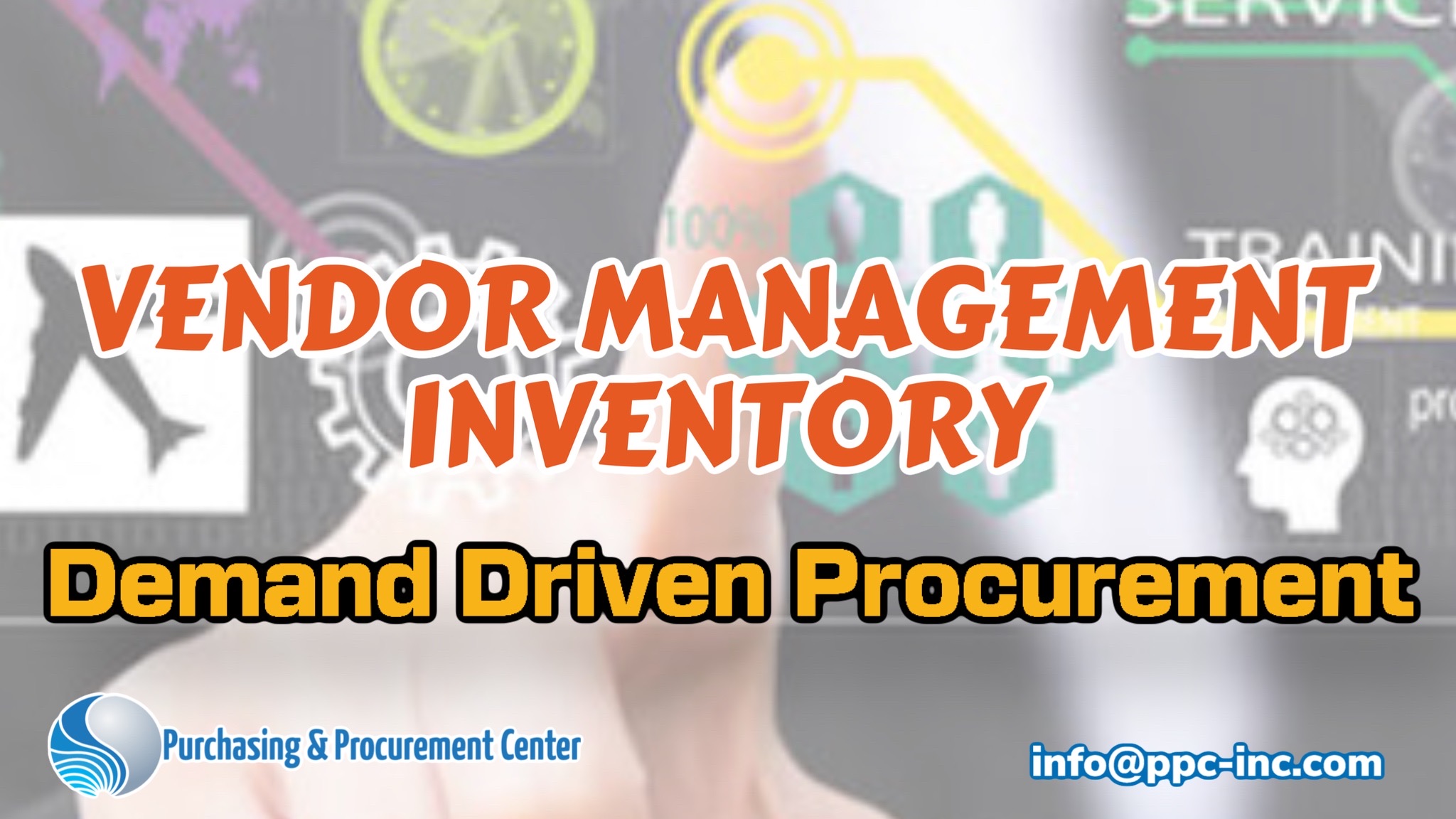
Vendor Management Inventory
Demand Driven Procurement
Vendor Management Inventory is also called inventory management, vendor managed inventory, inventory control and inventory control management. The core objective of Vendor Management Inventory is to maintain an optimal inventory level that will meet customer demands.
Large retail outfits and manufacturers are determined to be more responsive to customer demand, but conversely do not wish to hold a larger or wider range of inventory than is necessary. Many companies, particularly household name retailers, use demand driven procurement systems to manage their inventories and stock replenishes.
Vendor Managed Inventory (VMI) systems are managed by vendors, who are interfaced to their supplier’s sales and inventory systems. In VMI, the vendor is responsible for sending stock as and when inventory levels reach a certain level.
There are a number of benefits associated with Vendor Management Inventory for the vendor and these include:
- A considerable number or major retailers and manufacturers demand this procurement process.
- The fulfillment process is streamlined.
- They are able to maintain an optimal inventory that reduces product, staffing and warehousing costs.
- Deliveries to each Vendor Management Inventory customer are undertaken on a regular basis.
- They are able to manage customer demand.
- Emergency deliveries are curtailed.
There is a considerable impact on the purchaser’s bottom line by using Just in Time (JIT) purchasing and there are a number of other benefits. These include:
- Loss of sales or staff and machinery down time caused by lack of stock is reduced.
- Costs associated with excess inventory such as; staffing, warehousing and delivery are negated.
- Procurement costs are diminished as purchase orders and purchase requisitions are not required.
- Stock is only delivered as and when it is required. This is particularly important when the stock may have a shelf life before it becomes valueless.
- Emergency shipments costs and premium delivery charges are negated.
- VIM adheres to green programs by reducing waste and transportation.
Both the vendor and purchaser benefit from enhanced business communications and the ability to maintain optimum stock levels and delivery schedules. There are, however, some disadvantages to the Vendor Management Inventory process and these include:
- Retail outfits are unable to inform a customer when an item will be in stock again as they do not know what is to be delivered. This problem can be solved by an efficient VIM that automatically replenishes all stock.
- Communication problems, either human or technology based can cause errors and breakdowns in supplies.
- The vendor also has to have an efficient inventory management method in order to provide stock to their purchasers as and when they require particular products.
- Both the vendor and the purchaser have to divulge market sensitive information to each other, which means that the systems and the processes must be secure.
A considerable number of major retailers and manufacturers use Vendor Management Inventory processes and systems and major consultancies offer these services and software packages so VMI is definitely a driving force in efficient and profitable procurement.
Return from Vendor Management Inventory to Vendor Management
Return from Vendor Management Inventory to Purchasing Procurement Center Homepage
